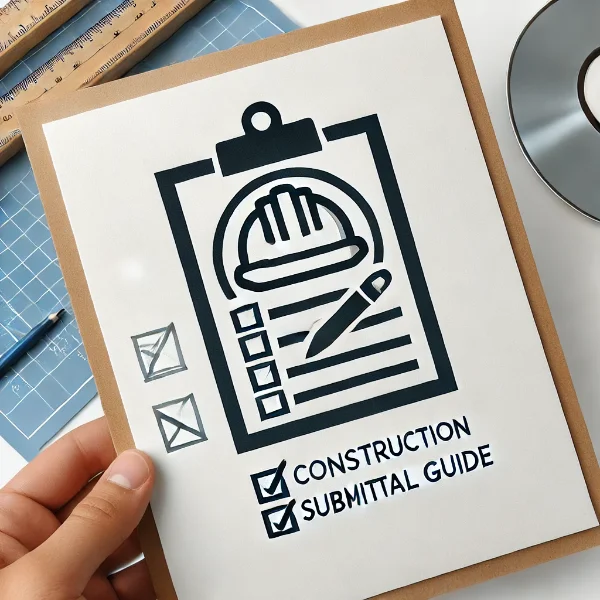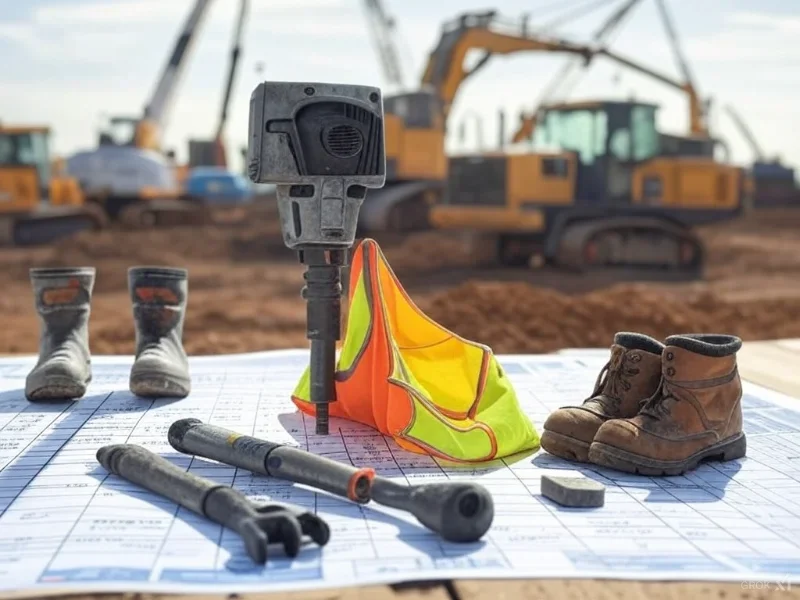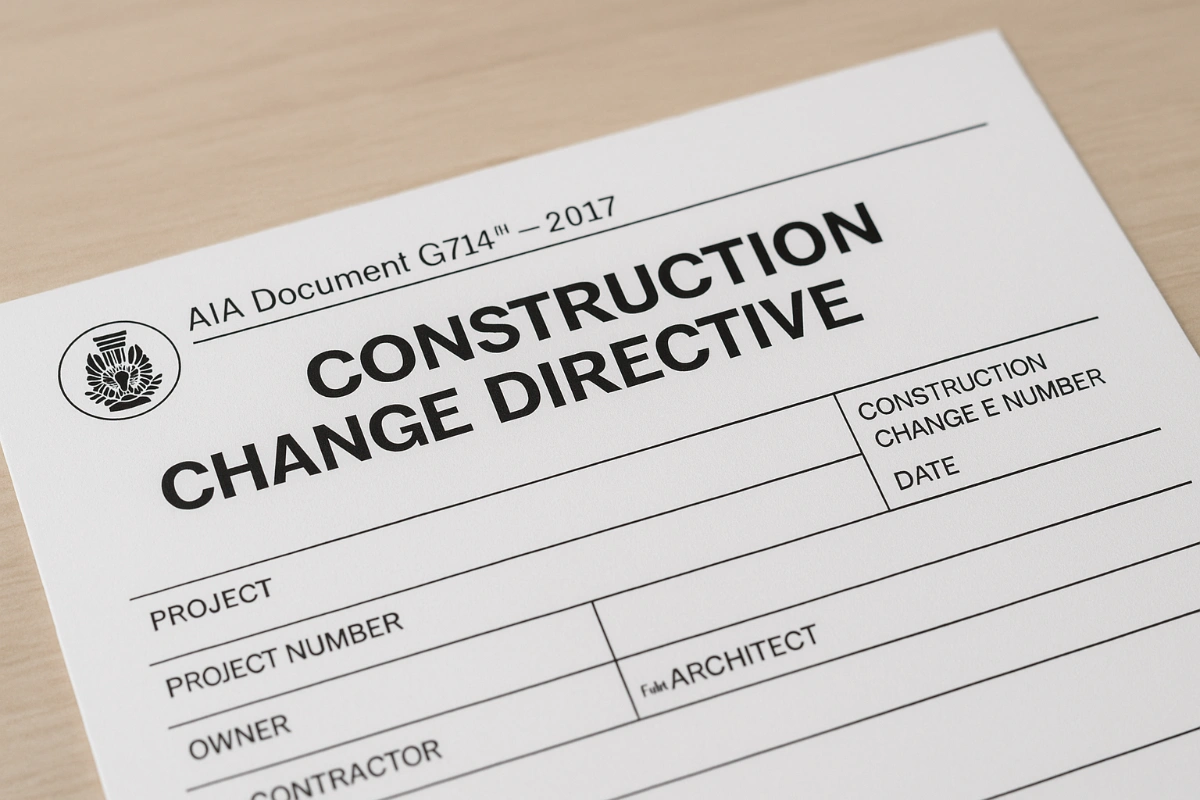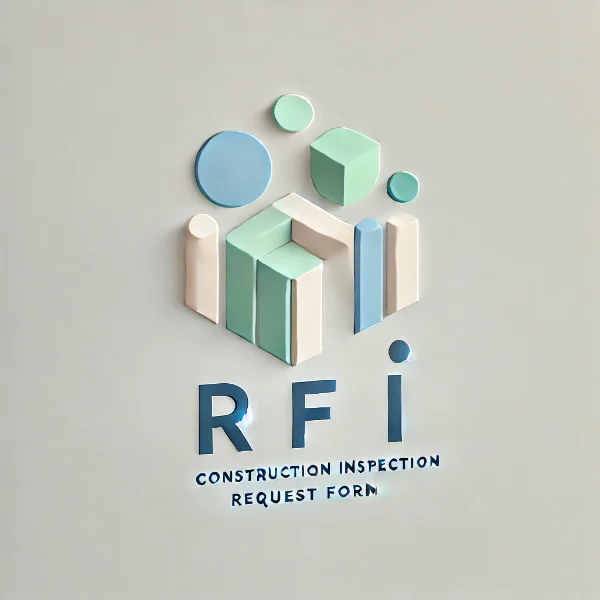Understanding Construction Submittals: Purpose, Workflow, and Best Practices
Introduction
In construction project management, proper documentation is essential for ensuring quality control, regulatory compliance, and efficient communication between project stakeholders. One of the most critical forms in this process is the construction submittal form . This form serves as a formal submission of materials, drawings, and specifications from contractors and subcontractors to consultants for approval. Without a well-structured submittal process, projects risk delays, miscommunications, and costly errors.
This article will explore the purpose , workflow , and best practices for using construction submittal forms effectively.
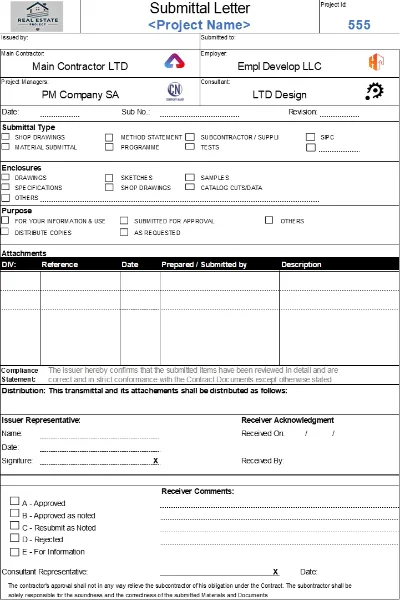
1. Form Description
A construction submittal form is a formal document used in construction projects to review and approve materials, shop drawings, samples, and other relevant items before implementation. It ensures that all materials and designs align with project specifications and contractual agreements.
Key Components of a Construction Submittal Form
The form generally includes the following fields:
-
Project Details : Project ID, name, employer, main contractor, consultant, and project managers.
-
Submission Details : Date, submission number (Sub No.), and revision number.
-
Submittal Type :
-
Method Statement
-
Programme
-
Test Reports
-
Shop Drawings
-
Material Submittals
-
Others (e.g., Payment Certificates, Claims, Variations Orders (VOs), and other relevant project information for approval or for reference)
-
-
Attachments :
-
Sketches
-
Samples
-
Catalog Cut Sheets
-
Data Sheets
-
-
Purpose of Submission :
-
For Information & Use
-
Submitted for Approval
-
Others (as specified)
-
-
Compliance Statement : Confirms that submitted materials comply with contract documents.
-
Approval Status :
-
A - Approved
-
B - Approved as Noted
-
C - Resubmit as Noted
-
D - Rejected
-
E - For Information Only
-
-
Signatures & Comments : Consultant feedback, contractor acknowledgment, and required modifications.
2. Form Purpose
The primary function of a construction submittal form is to ensure that all project components meet required specifications before execution. Key objectives include:
Ensuring Compliance
-
Validates that all materials, equipment, and procedures conform to contractual obligations and project guidelines.
Facilitating Communication
-
Establishes clear communication between the main contractor, subcontractors, and consultants, preventing misinterpretations or disputes.
Preventing Errors and Delays
-
Identifies potential issues early, allowing necessary corrections before procurement or installation.
Providing Documentation for Future Reference
-
Serves as an official record of approvals and decisions, useful for audits, claims, and maintenance documentation.
3. Form Workflow
The construction submittal process follows a structured workflow to ensure efficiency and accountability:
Step 1: Preparation by the Subcontractor or Supplier
-
The subcontractor compiles all necessary materials, including shop drawings, test reports, and data sheets.
-
A compliance check is performed internally to confirm that the submission meets project requirements.
Step 2: Submission to the Main Contractor
-
The subcontractor submits the prepared submittal form to the main contractor for an initial review.
-
The main contractor verifies the accuracy and completeness of the submission.
Step 3: Review by the Project Consultant
-
The consultant examines the submittal form for compliance with contract specifications.
-
The consultant assigns one of the following statuses:
-
Approved (A): The form is fully compliant and ready for execution.
-
Approved as Noted (B): Minor revisions are needed, but implementation can proceed.
-
Resubmit as Noted (C): Major changes are required before approval.
-
Rejected (D): The submission is non-compliant and must be revised.
-
For Information (E): No approval required; the form is for reference only.
-
Step 4: Resubmission (If Required)
-
If the submittal form is marked as "Resubmit as Noted" or "Rejected," the subcontractor revises the form and resubmits it for further review.
Step 5: Final Approval & Distribution
-
Once approved, the form is formally recorded and distributed to relevant project stakeholders for implementation.
4. Form Tutorial: How to Fill Out a Construction Submittal Form
To ensure a smooth approval process, follow these steps when completing a submittal form:
Step 1: Enter Project Details
-
Include the project name, ID, contractor, employer, consultant, and project managers.
Step 2: Define the Submission Type
-
Specify whether the submittal form includes shop drawings, material samples, or test reports.
Step 3: Attach Supporting Documents
-
Ensure all relevant sketches, specifications, and compliance certificates are included.
Step 4: Provide a Compliance Statement
-
Clearly state that the submitted materials conform to contract specifications.
Step 5: Indicate the Purpose
-
Mark whether the submittal form is for approval, information, or another specified purpose.
Step 6: Submit and Track Approval Status
-
After submission, monitor the consultant’s response and address any requested modifications promptly.
Conclusion
Construction submittal forms play a crucial role in ensuring that all project components are compliant, well-documented, and properly communicated. By following best practices in preparing, submitting, and tracking approvals , contractors can avoid costly delays and ensure a smoother project workflow. Adopting a structured and detail-oriented approach to the submittal process will help construction teams maintain efficiency and high-quality project execution.
Downloads
- Download Submittal Form In Word Format
- Download Submittal Form In Excel Format
- Download Submittal Form in PDF Format
